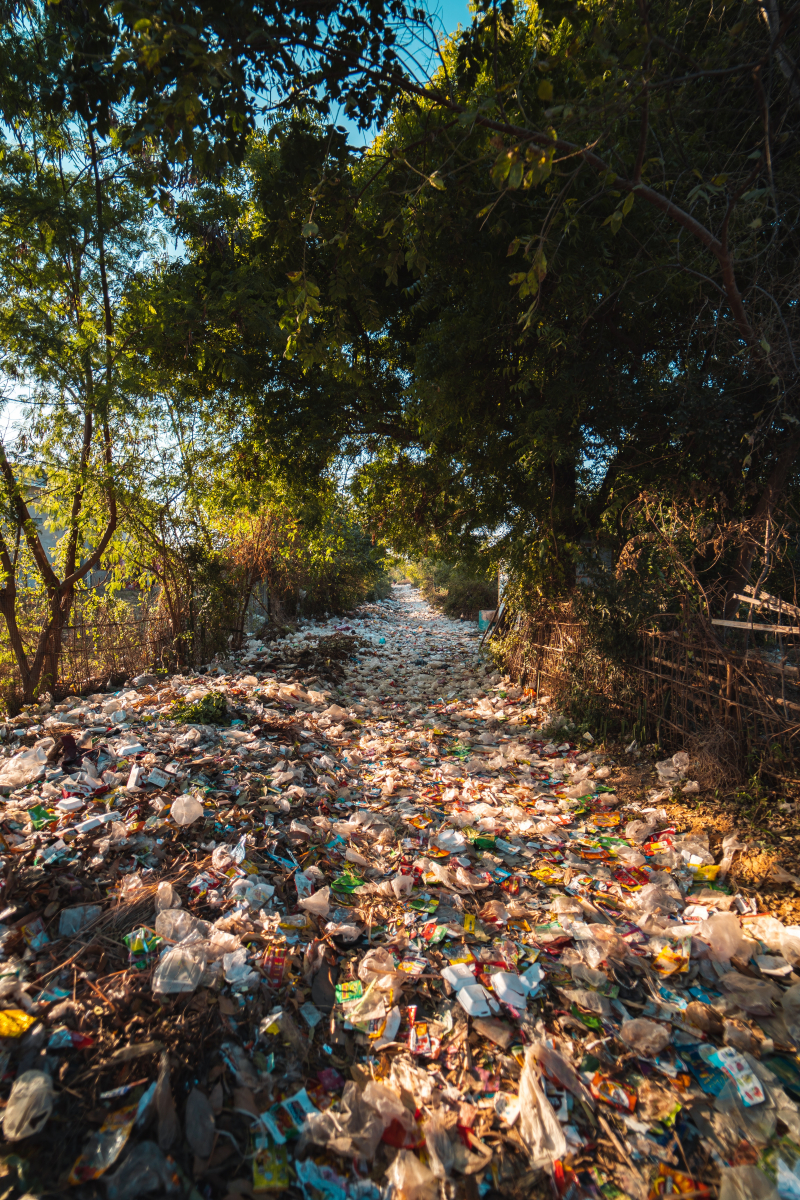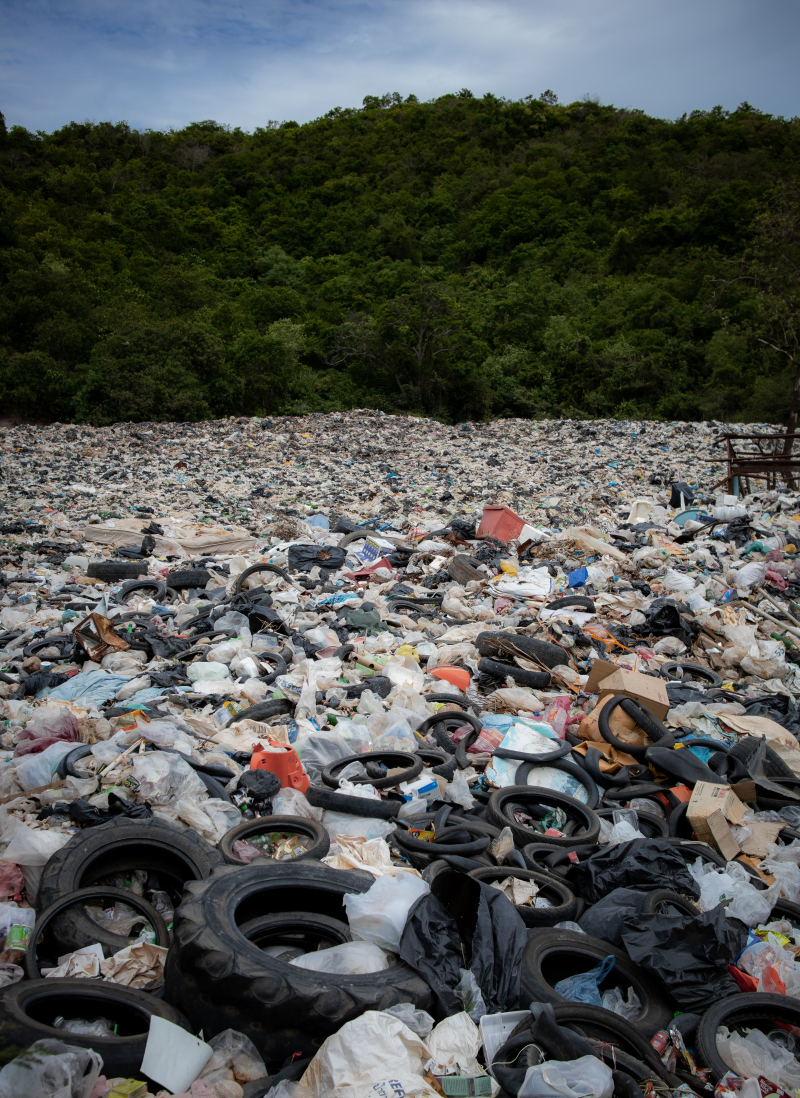Hazardous Waste Disposal
The term "toxic waste" is no longer frequently used. Although the term "hazardous waste" is more apt, for many years we had no real way to deal with this extremely toxic waste material. Large-scale pollution was brought forth by the Industrial Revolution. Heavy metals, radioactive waste, asbestos, pesticides, and other harmful byproducts of industry have existed for more than a century. When a firm was discovered dumping this material into waterways, it was once noteworthy. Yet if that wasn't happening, people frequently pretended it didn't exist.
The majority of toxic trash was, in fact, dumped in landfills for years. Barrels of dangerous compounds that we had anticipated would disappear are either already spewing waste or are at risk of doing so. 56 million barrels of waste are stored underground at the Hanford Nuclear Reservation, where they are leaking and contaminating the environment.
Current methods of handling toxic waste at least attempt to lessen their negative effects on the environment. Reducing the amount of garbage generated is achieved in large part by recycling. Treatment is currently the other important way of treating hazardous wastes. There are chemicals and other procedures that can neutralize toxic waste, just as adding baking soda to an acid will make it less acidic. Evaporation, filtering, microbial metabolization, incineration, and other techniques can all be used to reduce volume and












